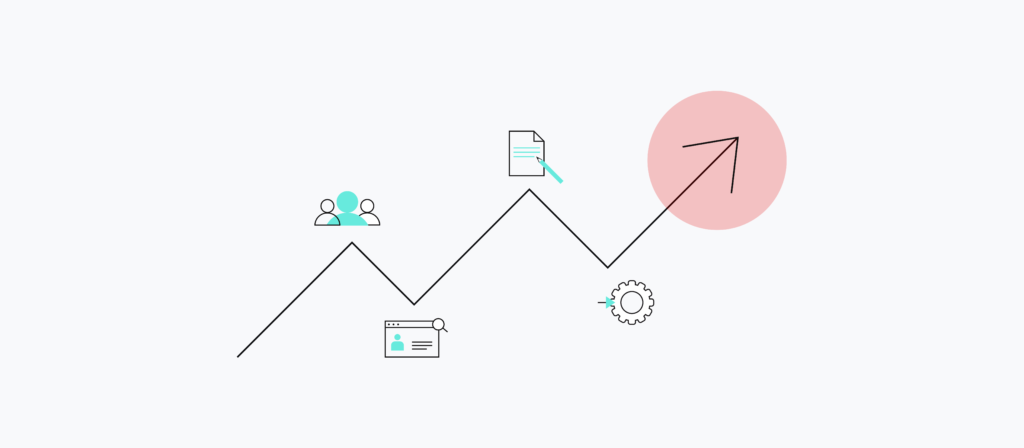From high upgrade costs to long delivery cycles, legacy platforms like TIBCO and webMethods create friction for modern enterprises. Here’s how to overcome it — and what to look for in a modern orchestration platform.
Legacy tools, modern problem
There’s no denying the role platforms like TIBCO and webMethods have played in building enterprise IT over the past 20 years. But times have changed.
Digital transformation has pushed integration from the back office to the frontlines of innovation. Today, integration and automation must scale across teams, systems, and regions — fast.
The problem? Many legacy ESBs were never designed for that kind of scale or speed. And while vendors have retrofitted cloud extensions, the core architectural challenges remain, leaving enterprises to shoulder the cost, complexity, and delay that come with outdated models.
The Cost of Standing Still: Why Legacy ESB Slows Enterprise Growth
For a deeper dive—including risk assessments, practical migration guidance, and real-world examples—read the full whitepaper:
Six signs your ESB is holding you back
In Part 1 of our whitepaper series, The Cost of Standing Still: Why Legacy ESB Slows Enterprise Growth, we break down the hidden friction points legacy ESBs introduce as organizations scale. Here are a few of the most common:
1. You’re still planning for scalability instead of getting it out of the box
Legacy ESBs require custom development and detailed planning just to support basic non-functional requirements like guaranteed delivery or in-sequence processing. That’s not sustainable when your needs shift weekly or daily.
2. Upgrades are risky, expensive, and time-consuming
Even minor platform updates can require regression testing, re-architecture, and weeks of planning. Work still pauses. Costs still rise.
3. Your deployments take months, not days
Despite agile intentions, legacy platforms often stretch project timelines — sometimes 12 to 18 months — due to complex setup and skill dependencies.
4. Only a few people can build
Legacy platforms require deep, specialized expertise. That often means you’re reliant on a small group of developers or costly consultants, both of which limit speed and scalability.
5. Governance slows everyone down
Many ESB deployments follow centralized models that create bottlenecks and limit agility for teams that need to move fast.
6. You need multiple tools to get the job done
With legacy stacks, you may need separate logins, dashboards, IDEs, and API managers just to execute a single business process. This adds friction for teams and overhead for IT.
How a modern iPaaS clears the path forward
Modern orchestration platforms like Workato are built differently, and it shows.
Workato’s cloud-native architecture, no-code/low-code interface, and serverless design give teams the scalability and flexibility they need, without the complexity. Whether you’re modernizing core processes or building net-new automations, Workato brings everything together in one unified platform.
In Part 2 of our whitepaper series, we go deep on how Workato solves the challenges above, and what to consider when moving off your legacy platform.
In this paper, you’ll learn:
- Why retrofitting legacy platforms isn’t enough
- How Workato approaches enterprise-grade integration differently
- What to look for in a future-proof orchestration platform
Part 2: Ready to break free from your legacy ESB?
Beyond legacy: How Modern iPaaS redefines Enterprise Orchestration
Ready to see Enterprise Orchestration in action? Our team of architecture experts is here to help—Let’s get in touch.
- Learn How Modern iPaaS is Evolving to Enterprise Orchestration
- The Role of APIs in Enterprise Automation
- Download the 2025 iPaaS Buying Guide
About This Series
Legacy platforms like TIBCO and webMethods are holding enterprises back. This three-part series breaks down the integration challenges they can’t solve, reveals where they fall short, and shows why Workato is the secure, agile iPaaS built for the future.
👉 Explore the full series:
